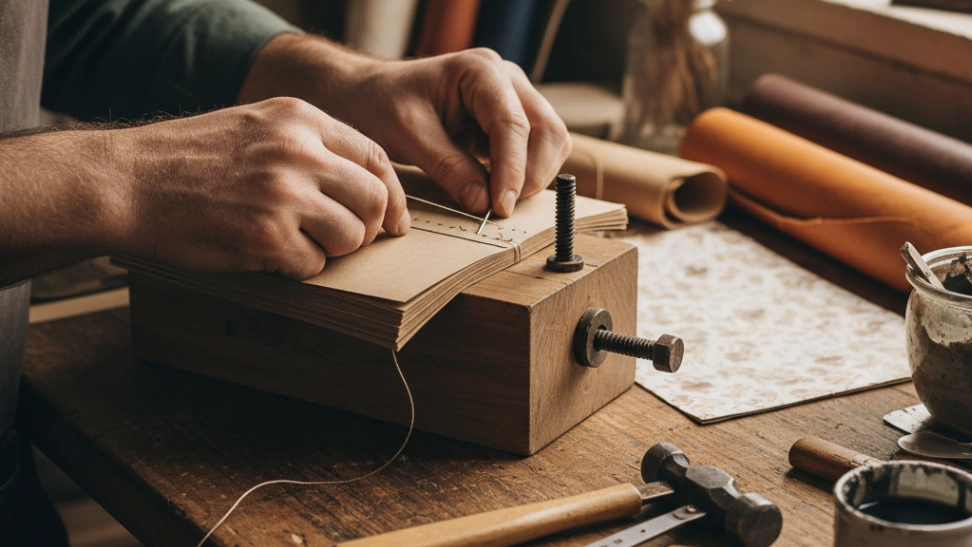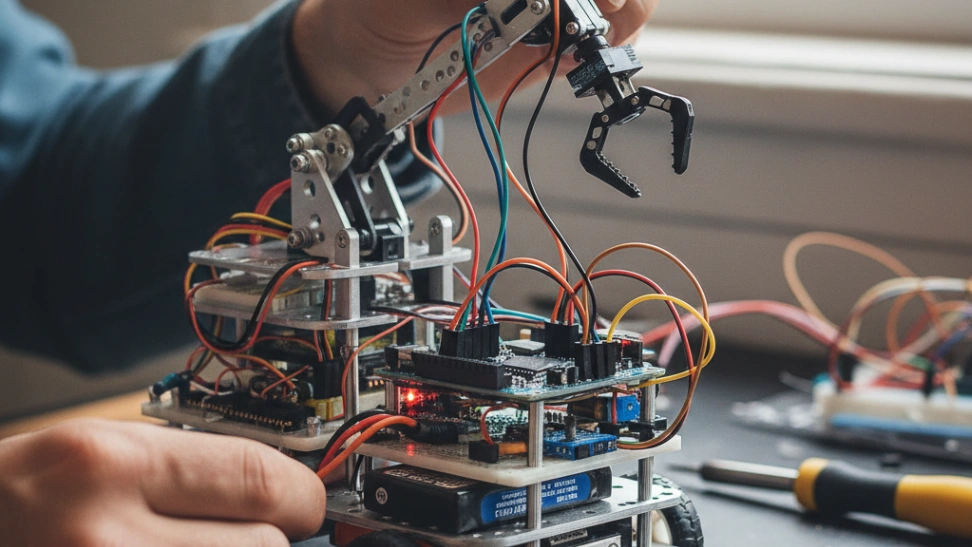The origins of bookbinding can be traced back to the first century CE with the invention of the codex, which replaced scrolls. Early Christian communities in the Roman Empire are credited with popularizing this format for religious texts, finding it more convenient to read and reference. These early codices were often bound with wooden boards covered in leather and sometimes adorned with precious metals and jewels. Monasteries across Europe became centers of book production and binding during the Middle Ages, with scribes and illuminators working alongside binders to create elaborate manuscripts. Techniques evolved over centuries, with the introduction of printed books in the 15th century by Gutenberg dramatically increasing the demand for efficient and durable binding methods. The industrial revolution later mechanized many aspects, but the traditional craft endured, particularly for bespoke, archival, or artistic works. The craft saw a resurgence in the late 19th and early 20th centuries with the Arts and Crafts movement, emphasizing handmade quality over mass production. Today, modern bookbinding continues to blend these traditional methods with contemporary materials and designs, catering to artists, conservators, and hobbyists alike. The act of bringing disparate pages together into a cohesive, lasting object carries a profound sense of continuity and respect for knowledge and art.
At its core, bookbinding involves several key stages. It typically begins with gathering printed or blank pages into "signatures," which are folded sections of paper. These signatures are then sewn together, often using a kettle stitch or link stitch, forming the text block. The sewing can be done directly onto cords or tapes, which will later be incorporated into the covers, providing structural integrity. Once sewn, the spine is usually shaped and reinforced, sometimes with glue, a lining material, and endbands, which are decorative and protective elements at the top and bottom of the spine. The next critical step is creating the covers, often made from book board, which is cut to size and covered with materials such as paper, cloth, or leather. Finally, the text block is attached to the covers, often using endpapers, and the book is pressed to ensure everything is flat and securely bonded. Each step requires precision and attention to detail, transforming raw materials into a functional and aesthetically pleasing finished product. Variations abound, from case binding (the most common type for hardcovers) to pamphlet binding for thinner works, and more elaborate fine bindings.
Bookbinding offers immense scope for creative expression. Binders can experiment with a vast array of materials, from exotic leathers and decorative papers to unconventional fabrics and recycled elements. The design possibilities extend to the choice of thread colors, headbands, and decorative techniques like tooling, blind stamping, or gold lettering on the cover. Beyond aesthetics, the hobby also has significant practical applications. Many enthusiasts bind their own journals, sketchbooks, or photo albums, creating personalized items that reflect their unique style and needs. It's also a valuable skill for artists looking to present their work in book form, writers creating chapbooks, or anyone interested in repairing or preserving old books. The meditative nature of the precise, repetitive tasks involved can be deeply satisfying, fostering patience and focus. The tangible reward of holding a beautiful, handmade book at the end of the process is a powerful motivator, cementing bookbinding as a fulfilling and enduring craft.
The bookbinding community is vibrant and supportive, encompassing professional conservators, fine art binders, and passionate hobbyists. Beginners often find resources through local workshops, art centers, and online tutorials, which break down the complex processes into manageable steps. There are numerous online forums and social media groups where binders share techniques, showcase their work, and offer advice. This community aspect enriches the learning journey, allowing individuals to connect with others who share a passion for the craft, exchange ideas, and find inspiration. From mastering basic sewing structures to tackling intricate leatherwork and decorative finishes, the journey in bookbinding is continuous, offering endless opportunities for skill development and creative exploration. Many binders also find immense satisfaction in preserving the printed word and creating new vessels for stories and art, bridging past and present with every stitched page.



